Pearl Restringing: The Process
Written by Annabelle
January 16, 2019

Coco Chanel famously said; “A woman needs ropes and ropes of pearls.” What she didn’t say was, “A woman should have pearls and pearls lying unstrung at the bottom of her jewelry box.” Alright, we’re joking, but in all honesty- don’t let those luminous globes go to waste. If you’re wondering how to get them back into 1920s flapper condition, read more about the process of pearl restringing.
How do pearl necklaces even break?
Pearl necklaces are strung with a type of cord- usually silk or nylon. Cheaper necklaces may use less sturdy material for stringing. This string weakens and frays over time, causing the necklace to snap.
The Process of Pearl Restringing:
Step 1: Collect as many of the pearls as you can
In order to restring your necklace and restore it to its original condition, collect all of the original pearls if possible. This is to ensure that the pearls are approximately the same color and size. If you can’t find all of the pearls, the jeweler will need to source pearls to match your necklace, increasing the possibility that the replacement pearls may be similar, but not quite the same.
Step 2: To knot or not, is the question
Most people don’t know that pearl necklaces can contain knots in between each pearl. This is because an experienced stringer will be able to hide the knots between the pearls to create a seamless look. The knots are useful for two reasons: if the necklace breaks, the pearls won’t spill out and scatter everywhere, and they prevent the pearls from chafing against each other. If your necklace is an unknotted pearl necklace, you may want to request knotting when you’re getting your necklace restrung for extra security.
Step 3: Check on your clasp
The clasp of your necklace is very important; after all, it keeps your necklace around your neck! If your necklace is old, you may want to consider replacing the clasp with something more secure. We also recommend getting stronger clasps to support heavier necklaces, like multi-strand ones.
Step 4: Get it restrung!
Once you’ve specified what you want to do to your jeweler, they will proceed to restring your item. Afterwards, they will gently wipe your pearls with a soft cloth for cleaning. Natural pearls cannot go through regular jewelry cleaning procedures such as the ultrasonic or steam cleaners; they’re too fragile in construction.
Now that you’re familiar with the pearl restringing process, here are a few post-repair tips for you to keep your necklace in perfect condition.
Taking care of your pearl necklace:
- Take them to the doctor: The string can weaken due to weight and exposure to your body over time. Have them checked every one or two years to make sure the string is still sturdy enough to hold your pearls up.
- Be extra gentle with cleaning: Don’t use water or chemicals! Pearls are very fragile gems; a soft cloth and a wipe after every use will do.
- Put them away correctly: To avoid strain on the cord when you’re not wearing it, don’t hang the necklace up. Lay it flat and keep it in a cloth-lined container away from other pieces of jewelry that could scratch the pearls.
Ready to string up your gorgeous globes in time for the holiday parties? Check out our pearl restringing and clasp repairs below.


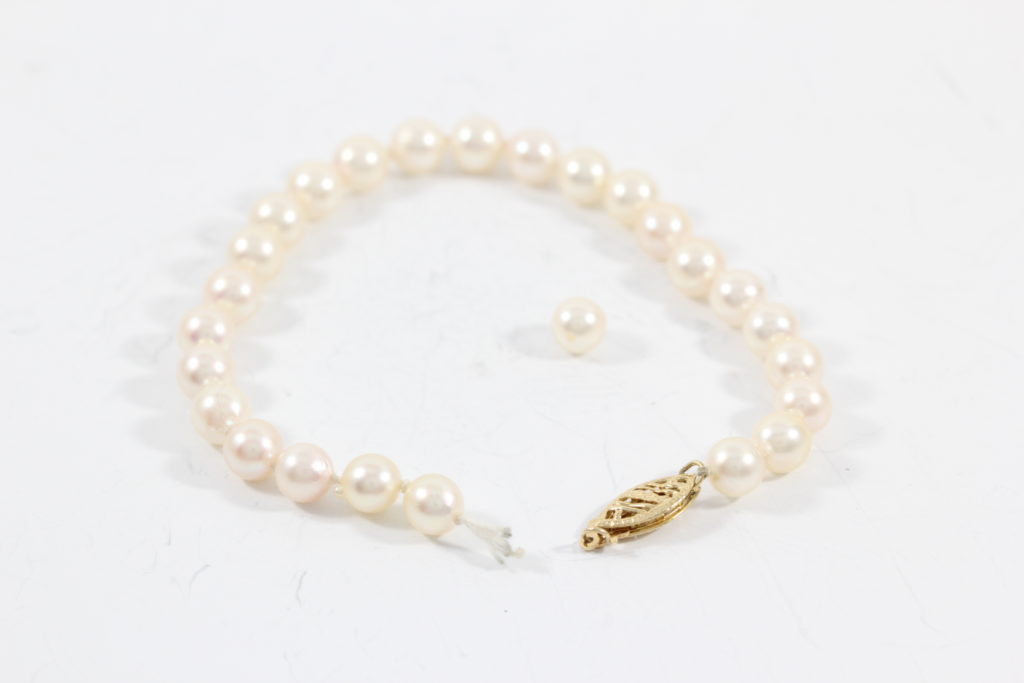
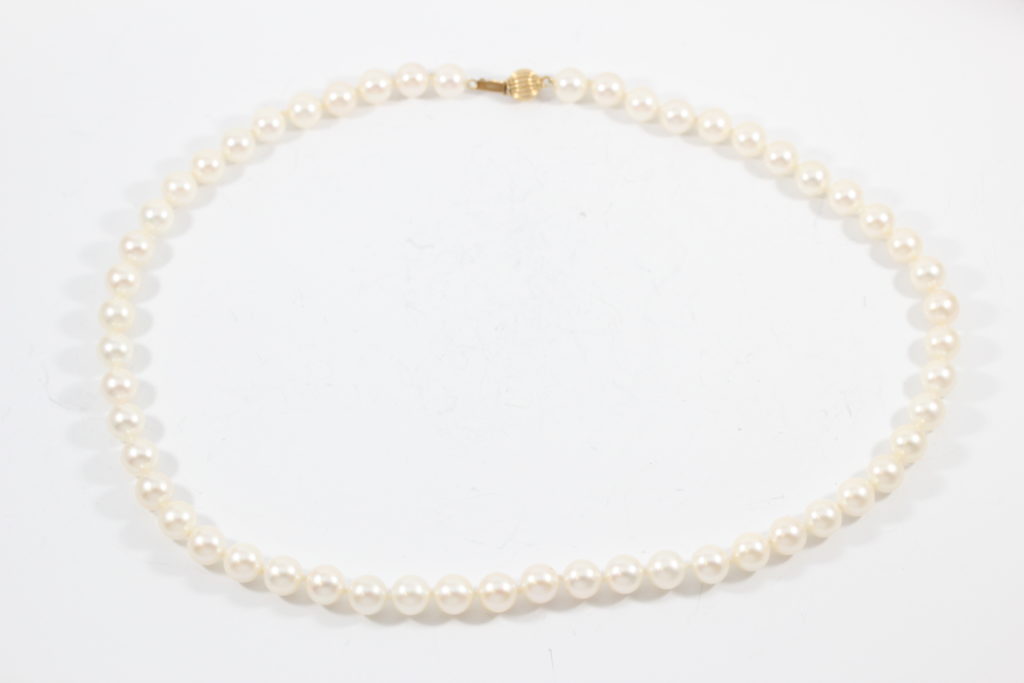

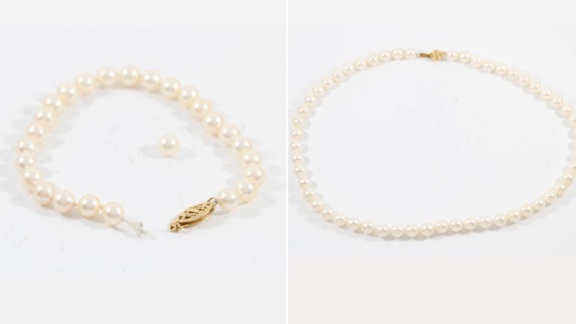

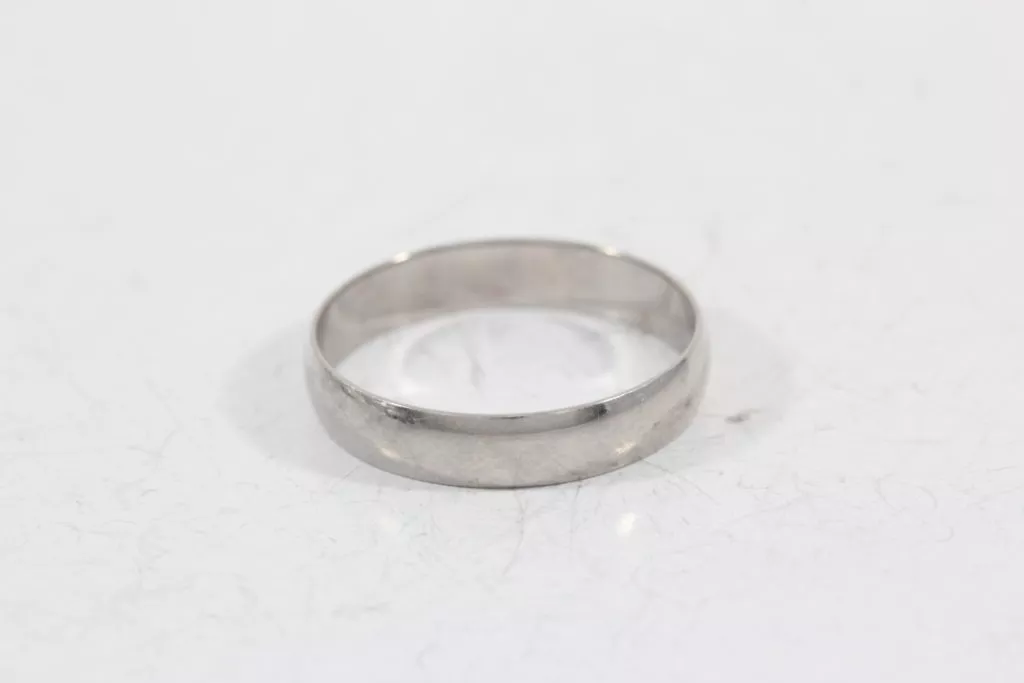
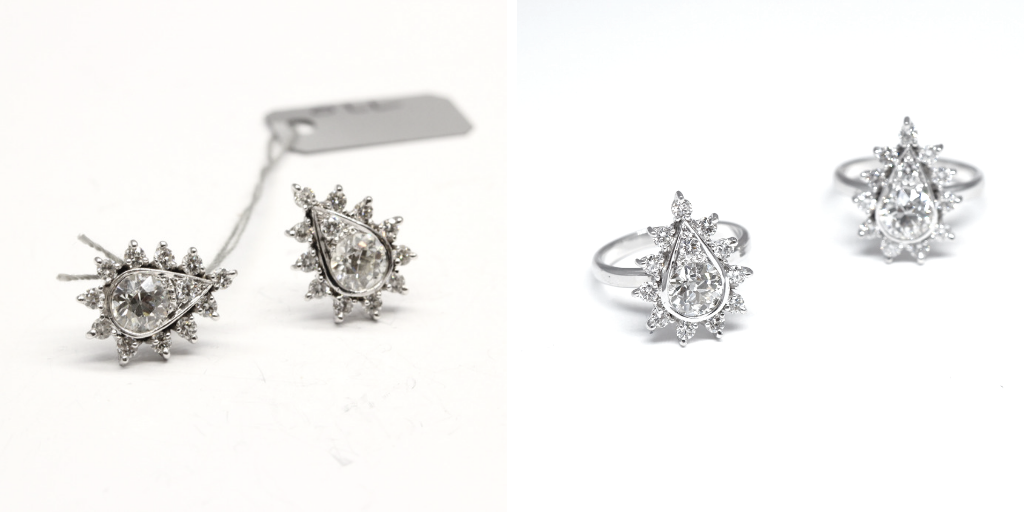
I need to restring 2 pearl necklaces. They are from the time when it was legal to harvest them not cultivated! One is from the 1950 , the other is from 1920! Where do you recommend I take them?
Hi Rosana,
We actually specialize in pearl restringing and antique jewelry! Send it over to us here and we can get them fixed up for you 🙂